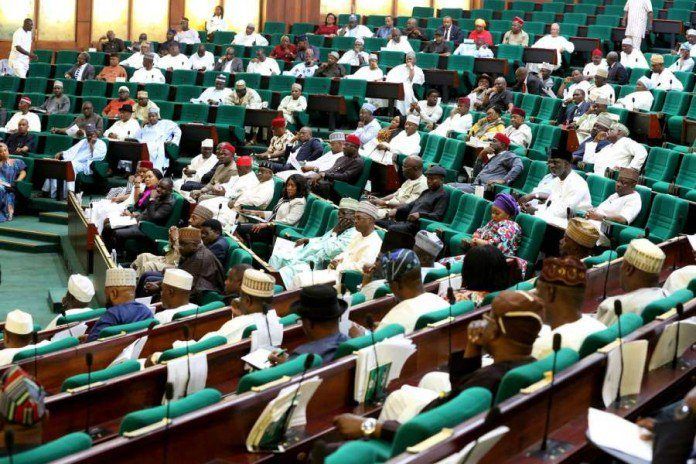Namibia's Jewel Ablaze: What Awaits Etosha After Devastating Fires?
Etosha, a vital natural heritage site in Namibia, recently faced a significant challenge when a vast wildfire swept through its savanna and mopane woodlands. The blaze, which began on September 22 and was contained by September 29, has left considerable scars on the park and prompted critical questions regarding leadership and community preparedness.
Fire is an inherent part of Etosha's ecological cycle, traditionally occurring in decadal rhythms following wet spells that produce abundant dry fuel. Park managers have historically implemented controlled burning practices to simulate these natural patterns and manage fire spread. However, this strategy proves less effective against large, fast-moving fires that ignite unexpectedly.
The magnitude of last month's fire was unprecedented, with both official and independent analyses indicating that approximately one-third of the park, totaling hundreds of thousands of hectares, or between 7,000 to 7,750 square kilometers, was affected. This large-scale event resulted in significant grazing loss, habitat destruction, and wildlife fatalities, the full extent of which will be determined by systematic surveys. The human impact is also substantial, as bordering communities lost grazing land, placing immediate pressure on pastoral households. Tourism is projected to decline over the next two to three years unless swift recovery efforts and confident public communication are implemented.
Following initial criticism regarding the response speed, authorities escalated their efforts, deploying hundreds of soldiers, helicopters, and water tankers to support firefighting teams and volunteers. This collective action led to the containment of the main fires within a week, demonstrating the nation’s capacity to mobilize resources during a national crisis. However, it also exposed deficiencies in local-level preparedness and coordination during the critical initial hours.
The cause of the fire remains under investigation, though public statements and open-source analyses suggest suspected charcoal production activities on land adjacent to the park. If confirmed, this incident would underscore how local land-use practices can have far-reaching consequences for conservation zones and community livelihoods. Addressing such root causes will require stricter law enforcement, alternative income opportunities for local residents, and clearer agreements between the park, neighboring farms, and communal areas.
Moving forward, several practical steps are crucial. Firstly, rapid ecological assessments must be funded to guide targeted rehabilitation efforts. Secondly, an urgent national review of early warning and tactical response systems is needed, involving park authorities, regional emergency services, the military, the private sector, and civil society. Thirdly, community engagement should extend beyond immediate relief to provide medium-term support for alternative livelihoods, reducing incentives for risky practices. Finally, investment in fire-resilient infrastructure, such as water points and trained local firefighting teams, will reduce reliance on emergency military intervention.
The use of satellite imagery and remote sensing proved invaluable for near real-time fire mapping, quantifying burned areas, and identifying hotspots. Geospatial tools can further enhance prevention and response by prioritizing actions, assessing habitat loss, guiding restoration, and identifying high-risk zones where fuel loads and human activity overlap. Expanding the use of these tools within a national fire early warning system linked to local responders will significantly improve Namibia’s ability to detect and suppress fires before they escalate into disasters.
This event calls for profound reflection and decisive action. While Etosha’s savanna ecology will naturally recover over time, the human systems surrounding the park require deliberate effort. Partnerships are needed to mitigate risks and distribute benefits, while planning must aim to reduce community vulnerability. Furthermore, transparent investigations and a genuine commitment to learning from past mistakes are essential. The smoke from Etosha served as a stark warning, illustrating the intricate link between natural systems and human economies and demonstrating how neglect in either sphere can lead to catastrophe. It should catalyze a national commitment to smarter fire governance, community-focused alternatives to destructive livelihoods, and the routine use of modern tools to foresee and mitigate fires before they spiral into uncontrollable disasters.
You may also like...
The 1896 Adwa War: How Ethiopia Defied Colonialism

Ethiopia with the exception of Liberia which was used as a settler place for freed slaves remains the only African Count...
Why We Need Sleep: Inside the Brain’s Night Shift

Even when you’re asleep, your brain is quietly up to something, sorting, cleaning, and working behind the scenes.
When Nollywood Meets Netflix: The Creative Tug Between Local Storytelling and Global Algorithms

Nollywood’s partnership with Netflix is rewriting the script for African cinema, offering global reach but raising quest...
Mozambique's LNG Megaproject: A Promise or Peril?

TotalEnergies is leading a consortium in Mozambique as it promises potential restructuring of the nation's energy se...
Aliko Dangote, Africa’s Wealth King: First African-Born Billionaire to Cross $30B

Aliko Dangote, the richest Black man in the world, has reached a new milestone, with a net worth of $30.3 billion, accor...
WAEC Conducts Trial Essay Test Ahead of Full Computer-Based WASSCE in 2026

The trial Computer-Based Test (CBT) for the WAEC essay was held on Thursday, October 23, 2025. The exercise was conducte...
Can Long- Distance Love really work?

Can love really survive when touch becomes a memory and connection lives behind a screen? For many, distance isn’t the ...
Nigeria’s Rental Crisis: House of Representatives Moves to Cap Rent Hikes at 20%

Nigeria's rental market has been under intense pressure, and now lawmakers are stepping in. The House of Rep. has called...




